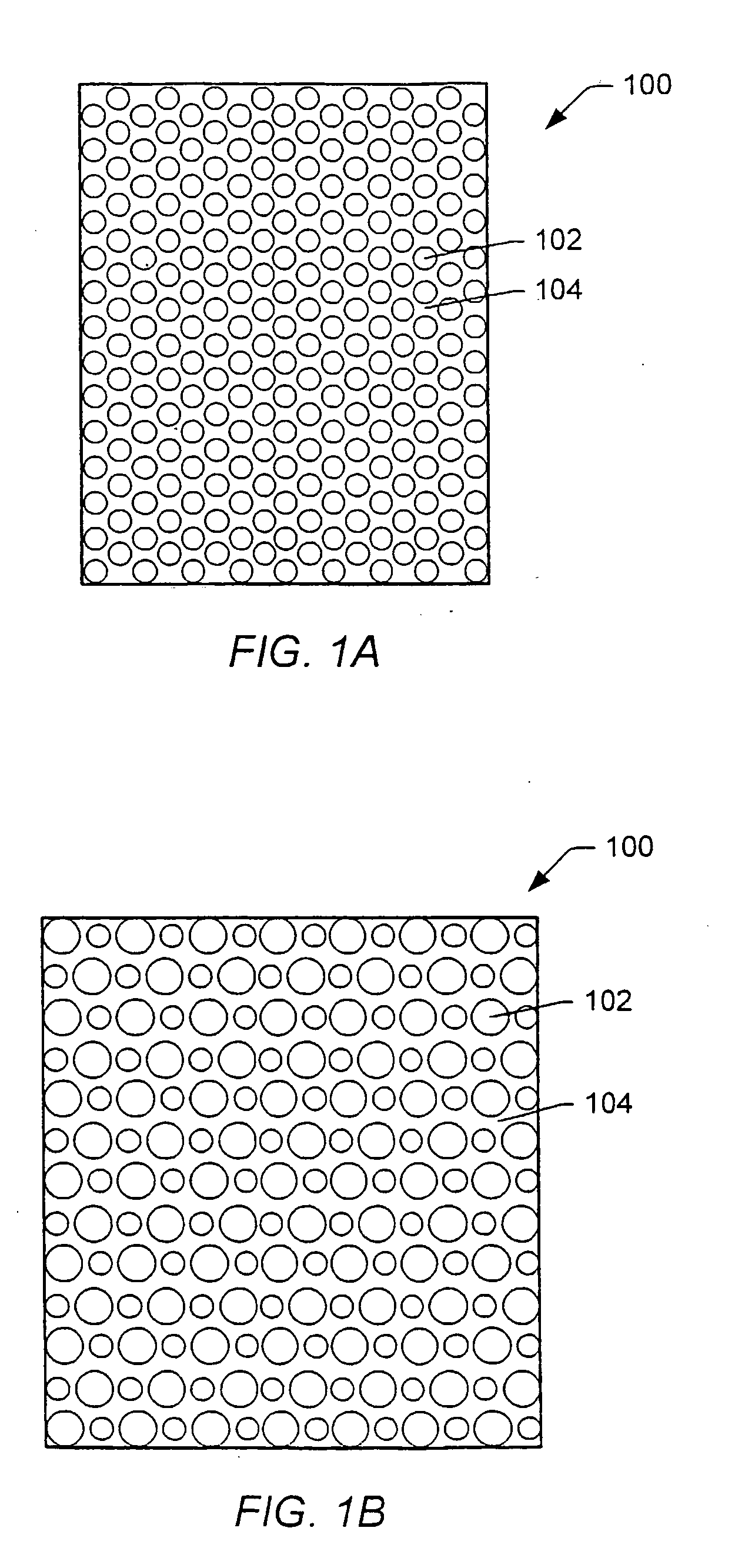Gas-plasma treatment of implants
a technology of implanted tissue and gas-plasma, which is applied in the direction of prosthesis, packaging foodstuffs, packaging goods, etc., can solve the problems of high failure rate of tissue transplantation, short supply of donor tissue, and risk of disease transmission, and achieve the effect of increasing production
- Summary
- Abstract
- Description
- Claims
- Application Information
AI Technical Summary
Benefits of technology
Problems solved by technology
Method used
Image
Examples
example 1
[0056] The following example describes coupling of HAECs to L-PLA films in vitro.
[0057] Culture: HAECs (Clonetics 1998, Passages 5-8: Cambrex Corporation; East Rutherford, N.J.) were seeded using basal MCDB-131 (Sigma; St. Louis, Mo.) media. The chemically defined MCDB-131 was supplemented with 1 μg / mL hydrocortisone (HC: Sigma), 250 ng / mL basic fibroblast growth factor (bFGF: PeproTech; Rocky Hill, N.J.), 1 μg / mL epidermal growth factor (EGF: Gibco; Rockville, Md.), 100 I.U. penicillin / streptomycin (P / S; Cellgro: Herndon, Va.), and 10% iron-supplemented bovine calf serum (BCS; Hyclone: Logan, Utah). The supplemented MCDB-131 media was buffered with sodium bicarbonate and HEPES, free acid. The media had an average beginning pH of 7.35 and an osmolarity of 324 mOsm at 22° C. Prior to seeding, HAECs were treated with 0.5% trypsin plus 0.53 mM EDTA (Gibco). HAECs were collected by centrifugation, re-suspended in supplemented MCDB-131, and then seeded onto the center of bioresorbable p...
example 2
[0060] The following example describes coupling of HAECs to three-dimensional bioresorbable DL-PLA implants in vitro.
[0061] Culture: HAECs (Passages 4-7) were seeded at sub-confluent densities using basal MCDB-131 (Sigma) media supplemented with 1 μg / mL hydrocortisone (HC: Sigma), 250 ng / mL basic fibroblast growth factor (bFGF: PeproTech), 1 μg / mL epidermal growth factor (EGF: Gibco), 100 I.U. penicillin / streptomycin (P / S: Cellgro), and 10% iron-supplemented bovine calf serum (BCS; Hyclone) buffered with sodium bicarbonate and HEPES, free acid (pH 7.35; 324 mOsm). HAECs were treated with 0.5% trypsin plus 0.53 mM EDTA (Gibco), collected by centrifugation, re-suspended in supplemented MCDB-131, and then seeded onto the center of bioresorbable DL-PLA implants housed in 96-well plates (Corning; Corning, N.Y.). When seeded onto implants made as described below, the media was switched to RPMI 1640 (Cellgro) with the same supplements and 10% BCS (pH 7.35; 280 mOsm). Endothelial cultures ...
example 3
[0064] The following example describes coupling of HAECs to three-dimensional DL-PLA implants for use as implants in nude mice.
[0065] Three-dimensional scaffolds were fabricated using a DL-PLA polymer with an inherent viscosity of 0.63 dl / g (Birmingham Polymers, Inc.). Scaffolds were fabricated using a vibrating particle technique described in U.S. Pat. Nos. 6,187,329 and 6,255,359 to Agrawal et al., resulting in highly porous and permeable scaffolds. Implanted scaffolds (5 mm diameter×2 mm thick) were cut from the composite using a punch, immersed in water for 48 hours to remove the NaCl, and dried in a vacuum. All materials and instruments used for the scaffold fabrication were sterilized beforehand.
[0066] Implants were gas-plasma treated using a RF glow discharge of oxygen (Harrick Plasma Cleaner) in a 2¾ inch glass chamber at a frequency of 13.18 MHz, at a power of 100 Watts for 3 minutes, and at an internal pressure of 0.15 torr. The process temperature did not exceed 50° C. ...
PUM
| Property | Measurement | Unit |
|---|---|---|
| temperature | aaaaa | aaaaa |
| pressure | aaaaa | aaaaa |
| pressure | aaaaa | aaaaa |
Abstract
Description
Claims
Application Information
 Login to View More
Login to View More - R&D
- Intellectual Property
- Life Sciences
- Materials
- Tech Scout
- Unparalleled Data Quality
- Higher Quality Content
- 60% Fewer Hallucinations
Browse by: Latest US Patents, China's latest patents, Technical Efficacy Thesaurus, Application Domain, Technology Topic, Popular Technical Reports.
© 2025 PatSnap. All rights reserved.Legal|Privacy policy|Modern Slavery Act Transparency Statement|Sitemap|About US| Contact US: help@patsnap.com


